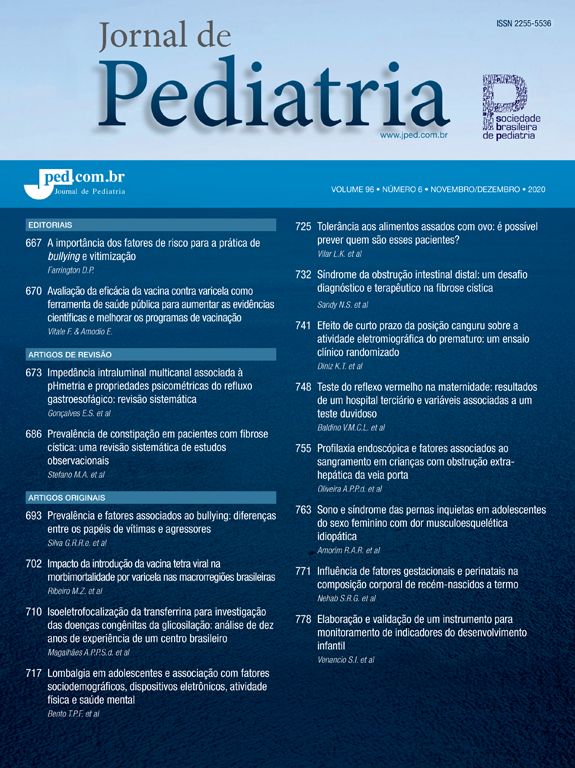Total parenteral nutrition-associated cholestasis (TPN-AC) is a clinical problem of special interest in neonates and in other age groups. This retrospective cohort study attempted to determine the incidence and the appearing time of cholestasis in Intensive Care Unit (ICU) patients beyond neonatal period, submitted to total parenteral nutrition (TPN) for more than five consecutive days, foccusing on the relation of TPN-AC and severe infection. Data on one hundred and thirteen patients, aged from one month to 14 years, collected over a period of ten years, were analyzed. All patients, followed up to the TPN stop or their death, were classified in two groups: with and without cholestasis. They were evaluated in relation to cholestasis potential risk factors, such as severe infection. Cholestasis was identified by a conjugated bilirrubin (DB) and total bilirrubin rate equal or superior to 40% and/or a DB equal or superior to 0.5 mg/dl during the TPN laboratory monitoring. Logistic regression analysis was used to control and to adjust for the cholestasis confusion factors. The incidence of cholestasis was 18%, but it was very important in patients younger than 6 months (26% vs 12%) (p=0.06), in patients that use TPN for more than 2 weeks (25% vs 8%) (p=0.01), as well as in patients with severe infection (24% vs 3%) (p=0.02). On the average cholestasis appeared 17.6 days after TPN inception, with a range of 5 to 35 days. Control of the simultaneous effect of age, TPN duration, and severe infection has shown that in patients with less than 6 months the relative risk was 2.6 (NS); in patients with TPN longer than 2 weeks it was 3.1 (p=0.02); and in patients with severe infection it was 7.4 (p=0.006). The results suggest that TPN-AC in children beyond neonatal period is a relatively frequent event (18%), and severe infection is the most important risk factor for cholestasis.
O fator de impacto mede o número médio de citações recebidas em um ano por trabalhos publicados na revista durante os dois anos anteriores.
© Clarivate Analytics, Journal Citation Reports 2025
O CiteScore mede as citações médias recebidas por documento publicado. Mais informação
Ver maisSJR é uma métrica de prestígio baseada na idéia de que todas as citações não são iguais. SJR utiliza um algoritmo similar ao page rank do Google; é uma medida quantitativa e qualitativa ao impacto de uma publicação.
Ver maisSNIP permite comparar o impacto de revistas de diferentes campos temáticos, corrigindo as diferenças na probabilidade de ser citado que existe entre revistas de distintas matérias.
Ver mais







